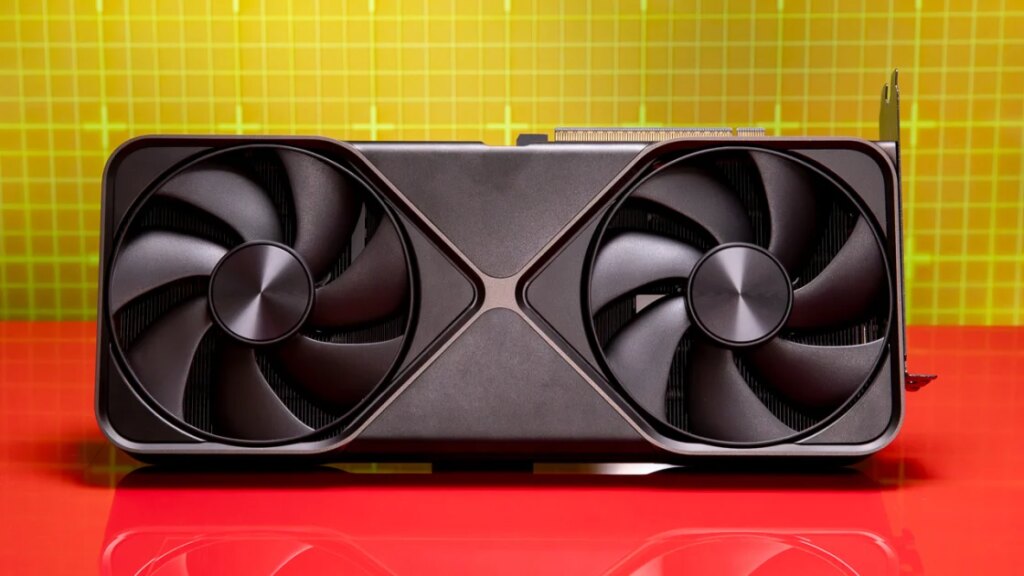If you break your RTX 5090 or $10,000 RTX Pro 6000 graphics card’s modular PCIe bracket, don’t despair! Chinese suppliers can now hook you up with a replacement for a mere $25. What was once a GPU-bricking event is now just a mild inconvenience as you await the lengthy postage times and potential import fees, Tom’s Hardware reports.
You may have looked on in horror in recent weeks as several people destroyed their multiple-thousand-dollar graphics cards by accidentally damaging the PCI Express connector. Lost pins or snapped PCBs effectively render the GPU unusable, and without replacement parts, those GPUs were dead in the PCIe water. Nvidia was kind enough to replace the cards outright, despite the user error, but it turns out they could have just repaired them.
Other GPU repairers have called out Nvidia for not making the modular connector more readily available, so repairs would be easier. Necessity is the mother of invention, though, and now several Chinese developers have stepped in to fill the gap.
This Tweet is currently unavailable. It might be loading or has been removed.
Uniko’s Hardware discovered a number of Chinese outlets selling replacement PCIe connectors for RTX 5090 and RTX Pro 6000 graphics cards for just $25 each. Postage might set you back more than that depending on where you live (though some are shipping for free), but it’s all worth saving a graphics card worth thousands of dollars.
On the Xianyu online marketplace, parts can be purchased individually or in bulk. The total number is likely to be limited, though, as these are parts salvaged from other RTX 5090 and Pro 6000 graphics cards. There is also no warranty or guarantee, but I think anyone buying from a Chinese third-party marketplace is well aware of that.
Recommended by Our Editors
It’s good that anyone suffering similar issues will be able to fix the card themselves. Even if Nvidia has shown itself willing to help some owners in specific cases, that’s likely to happen only for those that are well-publicized. As Tom’s points out, Nvidia can always repair and resell the cards itself, but it’s mostly focused on AI data center infrastructure development these days.
That next few trillion dollars in valuation isn’t going to fund itself.
Get Our Best Stories!
Your Daily Dose of Our Top Tech News
Sign up for our What’s New Now newsletter to receive the latest news, best new products, and expert advice from the editors of PCMag.
Sign up for our What’s New Now newsletter to receive the latest news, best new products, and expert advice from the editors of PCMag.
By clicking Sign Me Up, you confirm you are 16+ and agree to our Terms of Use and Privacy
Policy.
Thanks for signing up!
Your subscription has been confirmed. Keep an eye on your inbox!
About Our Expert
Jon Martindale
Contributor
Experience
Jon Martindale is a tech journalist from the UK, with 20 years of experience covering all manner of PC components and associated gadgets. He’s written for a range of publications, including ExtremeTech, Digital Trends, Forbes, U.S. News & World Report, and Lifewire, among others. When not writing, he’s a big board gamer and reader, with a particular habit of speed-reading through long manga sagas.
Jon covers the latest PC components, as well as how-to guides on everything from how to take a screenshot to how to set up your cryptocurrency wallet. He particularly enjoys the battles between the top tech giants in CPUs and GPUs, and tries his best not to take sides.
Jon’s gaming PC is built around the iconic 7950X3D CPU, with a 7900XTX backing it up. That’s all the power he needs to play lightweight indie and casual games, as well as more demanding sim titles like Kerbal Space Program. He uses a pair of Jabra Active 8 earbuds and a SteelSeries Arctis Pro wireless headset, and types all day on a Logitech G915 mechanical keyboard.
Read Full Bio

